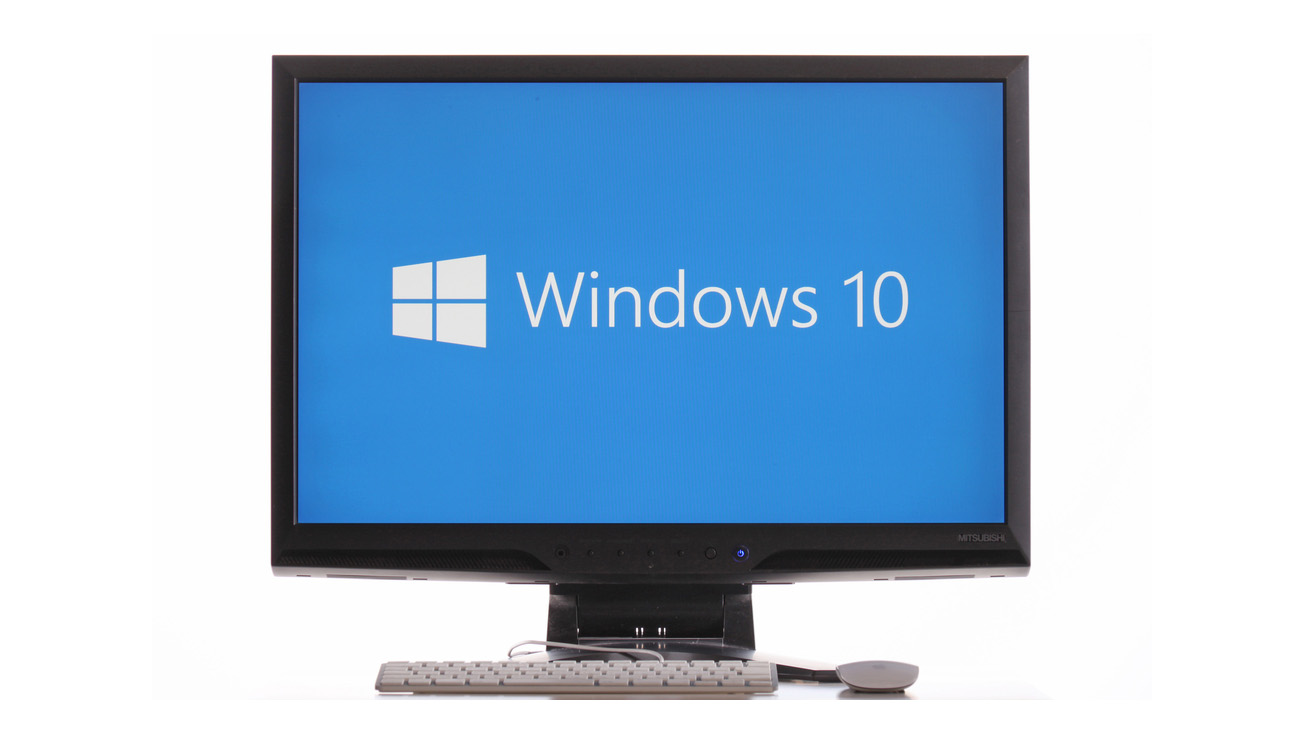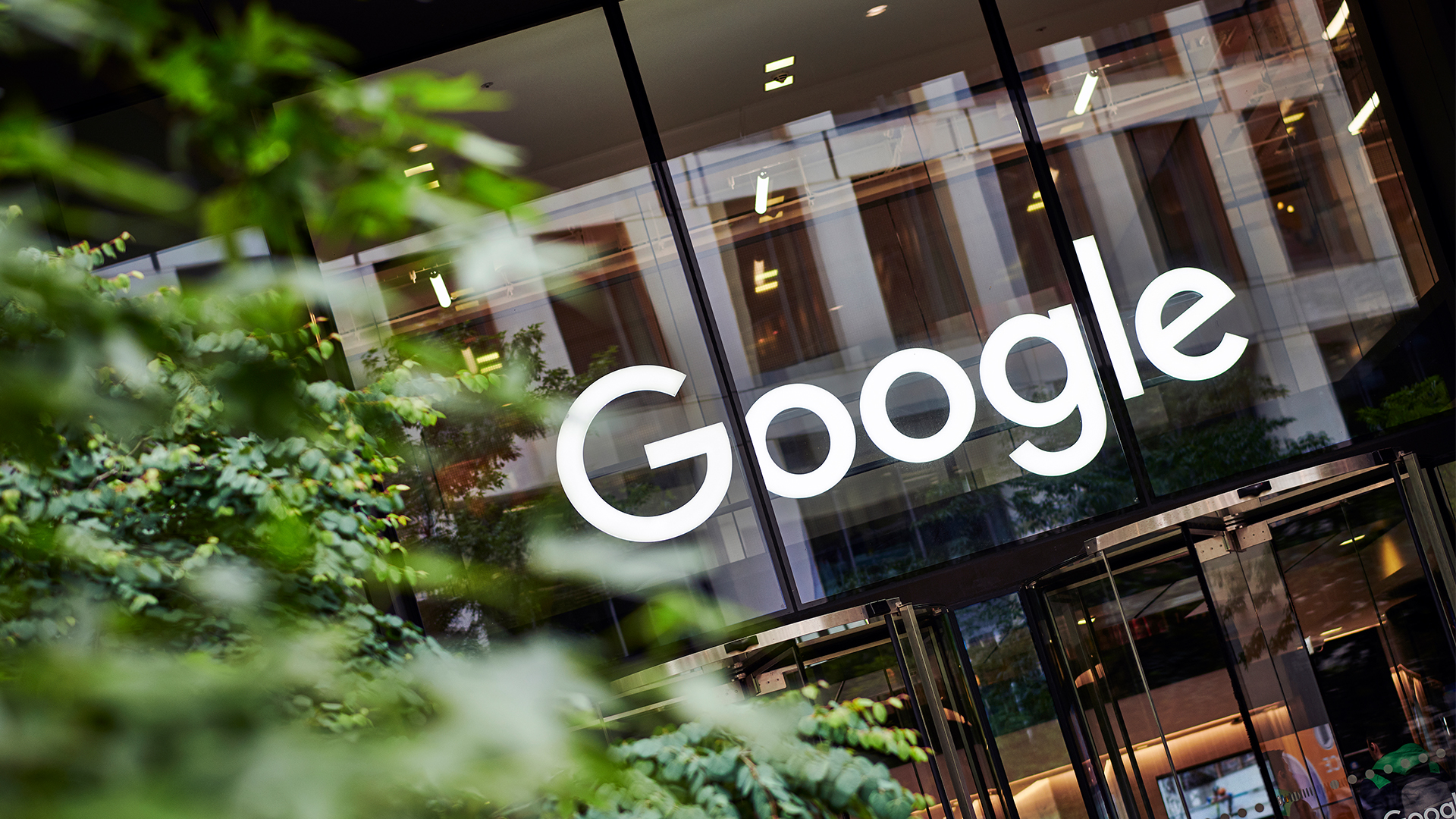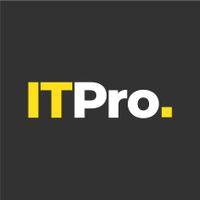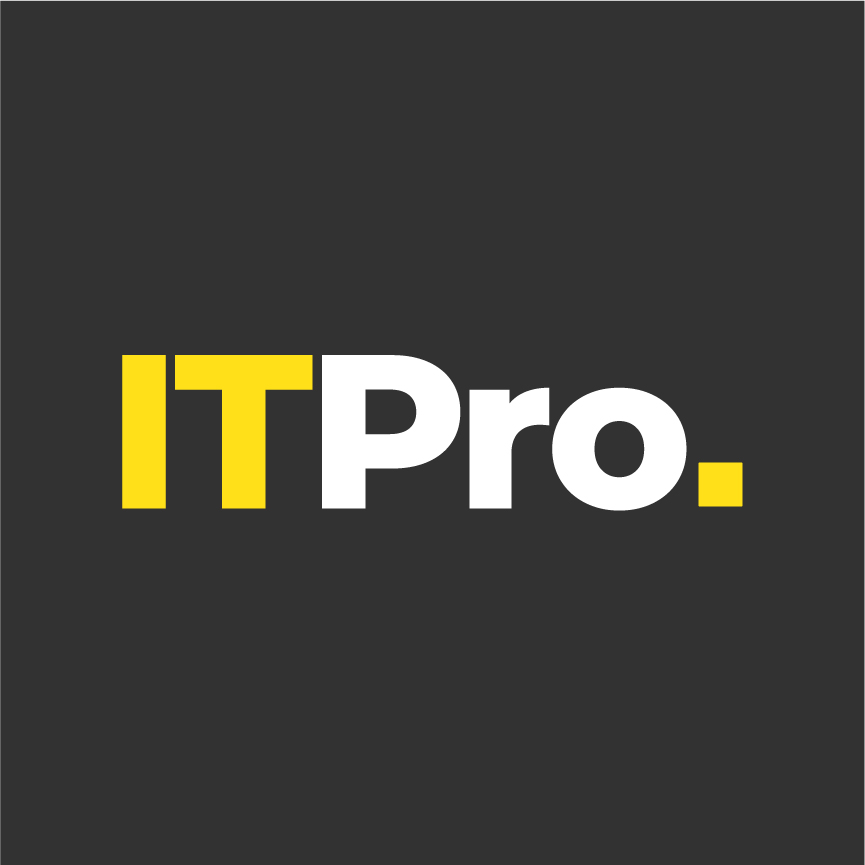
Microsoft’s (NASDAQ:MSFT) officially released the Enterprise edition of Windows 10 on August 1, yet many large organisations are reluctant to make the switch.
For some, this may come down to the fact that they only recently made the move away from Windows XP; the idea of another multi-million pound migration is the last thing many IT directors’ want to turn their attention to.
But while the move to Windows 7 may have proved extremely challenging for businesses, Windows 10 has been specifically designed to encourage easy migration. Rather than having to reinstall their apps from scratch, businesses can effectively “slide” the new OS in underneath their existing systems – ultimately cutting out a huge proportion of the work.
While this new approach helps to make migrations both cheaper and faster than ever before, there are still several things that businesses must do before they attempt to make the switch:
1. Know your apps According to research by Camwood, up to 95 percent of all applications installed on a business’ computers are not frequently used and a quarter of these are never used at all. Not only are these unused apps a waste of money – with UK enterprises spending £2.5bn on them every year - they are also a significant waste of IT resources. When it comes to Windows 10, the ease of migration makes it all the more likely that businesses will simply “slide” their new OS in underneath these existing apps. This means that their new system will remain just as bloated, cluttered and unmanaged as their previous Windows OS. This is where we are missing the opportunity to save money on your apps.
To address this issue and keep Windows 10 running at an optimised level, businesses should conduct a full audit of their apps before they even consider making the switch. This will allow them to understand which apps are installed on their system, where they are stored, and whether or not they are genuinely required for business operations when working in a Windows 10 environment.
2. Virtualise, rationalise, and cut the deadwood Once an organisation’s applications are identified, the process of mass rationalisation can begin to remove those that are no longer needed. While some of these unnecessary apps may be obvious to the business, others can be far more difficult to identify.
Stay up to date with the latest Channel industry news and analysis with our twice-weekly newsletter
Since the introduction of Microsoft App-V5 in Windows 8, businesses now have the opportunity to rationalise more apps than ever before. By allowing IT departments to virtualise applications and run them across multiple devices, App-V5 lets businesses cut back on their licensing estates, effectively turning applications “on and off” as and when they’re needed. By manipulating their apps in this way, businesses could save up to £367k in unnecessary licencing every year.
3. Get your devices in order One of the biggest business benefits of Windows 10 is its ability to support seamless BYOD. This is not only great news for businesses that are looking to save on costs (with BYOD typically saving £600 per employee), it is also a good way to encourage flexible working. Unfortunately however, without proper preparation on the part of the IT department, Windows 10 could lead to uncontrolled and potentially insecure access to an organisation’s network.
With many employees starting to install Windows 10 onto their personal devices, seamless integration with work email and Office 365 is already causing issues for those businesses that have made the switch. As such, prior to a migration, businesses should be prepared to refresh their IT guidelines and BYOD policies, if only to make sure that employees know what is and isn’t an acceptable use of company data.
4. Know your rights Since the consumer launch of Windows 10 the technology media has been increasingly concerned by the vaguely worded privacy statements scatted throughout the new OS’ terms and conditions. While the impact of this wording on consumers may be exaggerated, for businesses it does pose a significant threat.
According to Microsoft’s new terms and conditions: “We’ll collect info like contacts, recent calendar events, speech and handwriting patterns, and typing history”. For those organisations that legally cannot share such information, Windows 10 poses a significant point for concern. Likewise, the operating system’s new Wi-Fi Sense system – which shares a machine’s Wi-Fi with the user’s contact list – could also prove problematic for Enterprise security.
While these issues are in no way insurmountable, they are still areas that IT departments should consider and prepare for ahead of the switch.
Playing the long game
For many large enterprises, Windows 10 is currently seen as an unnecessary expense. Having only just successfully made the move over to Windows 7, IT departments are still committed to the mentality that “if it ain’t broke, don’t fix it”.
Windows 7 may not yet be “broken”, but that’s not to say that it doesn’t need fixing. As we learnt from the last big migration, waiting until the last minute to upgrade is never an effective IT strategy. Windows 10 offers a whole host of businesses-specific applications that are far superior to those offered by either Windows 7 or 8.1.
By embracing these technologies now, businesses have the opportunity to get ahead of the game when it comes to IT. After all, in less than five years (January 14, 2020), Microsoft will end support for Windows 7, no doubt thrusting the business community into yet another last minute migration. Failure to make the switch now means businesses are simply postponing the inevitable.
Ed Shepley is solutions architect at Camwood
ITPro is a global business technology website providing the latest news, analysis, and business insight for IT decision-makers. Whether it's cyber security, cloud computing, IT infrastructure, or business strategy, we aim to equip leaders with the data they need to make informed IT investments.
For regular updates delivered to your inbox and social feeds, be sure to sign up to our daily newsletter and follow on us LinkedIn and Twitter.
-
 Microsoft wants to replace C and C++ with Rust by 2030
Microsoft wants to replace C and C++ with Rust by 2030News Windows won’t be rewritten in Rust using AI, according to a senior Microsoft engineer, but the company still has bold plans for embracing the popular programming language
-
 Google drops $4.75bn on data center and energy firm Intersect
Google drops $4.75bn on data center and energy firm IntersectNews The investment marks the latest move from Google to boost its infrastructure sustainability credentials

